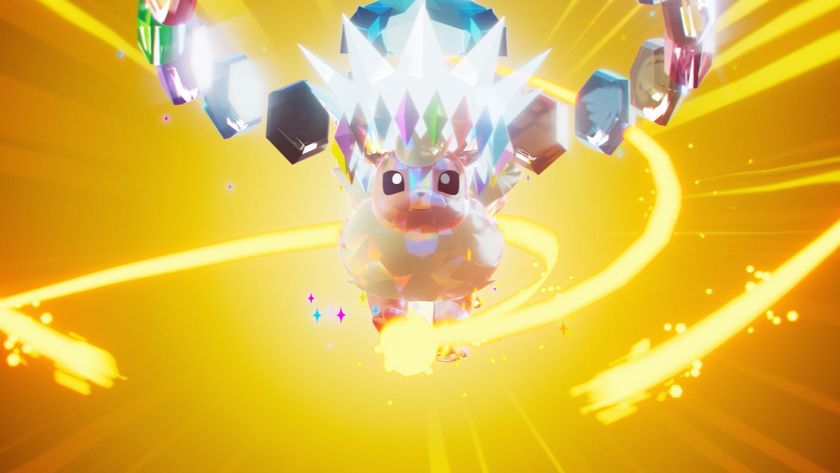The year got off to a cracking start for Nintendo of Europe boss man David Yarnton, who, when quizzed on the possibility of a DS redesign, remarked, “We haven’t got any plans at the moment. Nothing I know of.” Twenty-four hours later, Nintendo of Japan released the first images of a new DS redesign on their website. Whoops…
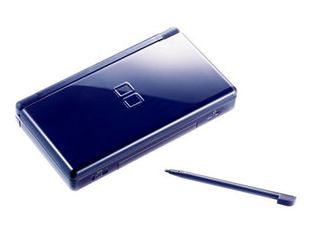
Although the newly christened DS Lite was but a cosmetic update, it was exactly what the console needed. Until this point, the awkward-looking DS Fat had been holding its own in the marketplace respectably enough, but a washed-out display and a legacy of gnarled hands had limited its wider appeal. But now nearly a third lighter and thinner than the previous model, and with a new casing that could have been lifted directly from Apple’s fabled Sexy White Curves factory, the DS brand was finally ready to begin its ten-year master plan to enslave the powerless human race.
Thus, 2006 proved to be a breakout year for the DS, and it was helped along its way with a constant supply of top titles rolling off the Nintendo production line, such as Tetris DS, Animal Crossing: Wild World and New Super Mario Bros. Despite the presence of these heavy hitters, it was arguably the release of the homework-ish Dr Kawashima’s Brain Training that really sent sales of the twin-screened saucepot through the roof.
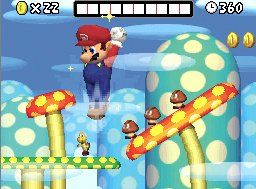
At the time, Nintendo’s portable success was firmly overshadowed by the uber-controversial decision to name their upcoming Revolution console ‘Wii’. “Wii sounds like ‘we’,” began the press release of 27 April, “which emphasises that the console is for everyone”. “LOL sounds like urine,” was the entire world’s response to that.
Any lingering worries anyone had about the Wii were banished a few months later thanks to an excellent E3 presentation, in which Reggie Fils-Aime and the gang blew everyone’s eyeballs out with wall-to-wall footage of future mega-hits such as Super Mario Galaxy, Metroid Prime 3, Smash Bros Brawl and Excite Truck.

Meanwhile, Nintendo tried to convince the entire gaming world that the GameCube wasn’t dead by showing footage of upcoming RPG Super Paper Mario, but that also eventually migrated to the Wii. December’s The Legend of Zelda: Twilight Princess would prove to be the final Nintendo-published GameCube title.
The Wii was finally released, selling out at a frightening rate. The launch window titles were a mixed bag. Twilight Princess was huge, but Ninjariffic shooter Red Steel felt like a victim of the hype machine.
Sign up to the GamesRadar+ Newsletter
Weekly digests, tales from the communities you love, and more
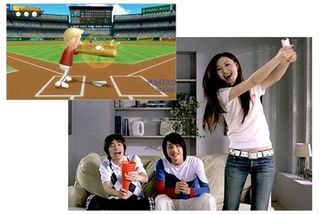
For many, though, the Wii’s best game was the one that came with the console. Wii Sports’ streamlined finesse meant that almost anyone could join in the fun, and it proved to be just the beginning of a new generation of gaming, with Nintendo, as always, at the forefront.
2006 VERDICT: 8
Lots of eagerly waiting to play things, not much actual playing. The DS had a good year and the GBA had Rhythm Tengoku, but the Cube hosted less entertainment than North Korea.
2007
After spending most of the previous year staring dreamily at pictures of white boxes we weren’t allowed to touch yet and worrying about silly things such as what was under the Wii’s flap, it came as a huge relief to find that 2007 was all about the games.
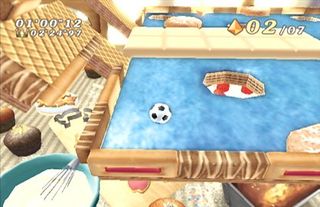
The launch window was a particularly fruitful time for Wii owners, even if the year did get off to an inauspicious start, with much-hyped WarioWare: Smooth Moves failing to live up to the series’ previous standards. It was too easy, you see, and multiplayer was a) locked from the start and b) crap anyway. Fortunately, a boatload of top-quality third-party software washed up on our shores soon after, including the surprisingly good Sonic and the Secret Rings, Konami’s Super Monkey Ball-slaying Kororinpa, and SSX Blur, aka the last ever truly great snowboarding game.
We also saw a rising trend of developers porting their last-gen back catalogue to the Wii with bolted-on motion controls, with varying results. Scarface, The Godfather and Resident Evil 4 were three of the most successful revivals of 2007, and far from being lazy exhumations, their considered implementation of the remote’s features paved the way for many of the control innovations we take for granted in today’s games.
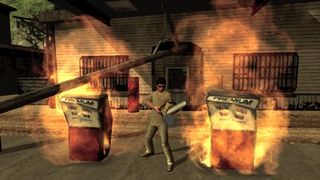
Unfortunately, a mini-drought followed this initial flurry of activity, which wasn’t helped by Nintendo’s decision to delay Super Paper Mario until the autumn. Fortunately, the Wii’s Virtual Console service, now in the prime of its life, was pumping out hits on a weekly basis, with the likes of Ocarina of Time, Super Mario World, Mario Kart 64 and Streets of Rage all available before Easter.
Aware that the VC’s output was unsustainable in the long-term, Nintendo outlined their plans for their WiiWare service on June 26, with Big Reggie claiming that WiiWare would bring “new levels of creativity and value to the ever-growing population of Wii owners.” Well, we’ll see about that, won’t we?
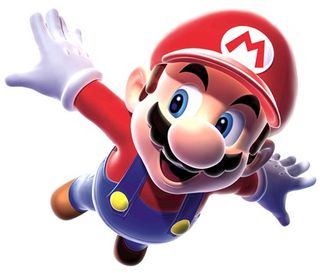
Not that our Wiis were on talking terms with our broadband connection after a fairly disastrous debut for Nintendo Wi-Fi the month before, mind. Mario Strikers Charged was the test subject and Europe was the guinea pig, but the service collapsed in a matter of hours and it took several days before we could play online at an acceptable speed.
Still, things rapidly picked up pace as the nights began to draw in, with Metroid Prime 3 wrapping up the Prime trilogy as tightly as a ball-sized Samus. But let’s not kid ourselves – Christmas 2007 was about one game and one game only: Super Mario Galaxy. After a year’s worth of frenzied speculation and terrible guesswork, Galaxy finally went supernova on November 12, and not only lived up to the hype but exceeded it.
It was good enough to completely overshadow Mario and Sonic’s ‘Who Framed Roger Rabbit?’ moment, as the two mascots shared screen time for the first time ever in Mario & Sonic at the Olympic Games. That game was originally announced on April 1st, so you can imagine how that turned out.
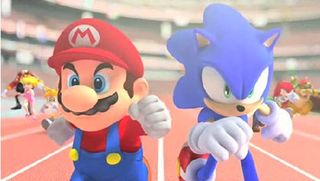
Elsewhere, the DS, then into year two of its ten-year plan to enslave the human race, had another outstanding year, buoyed by the release of quality titles such as Phantom Hourglass, Ouendan 2 and Bangai-O Spirits. But 2007 also saw the rise of a Big White Tyrant – Wii Fit, with the balance board in tow, was unveiled at E3 2007, and was released in Japan that December. Top analysts of the time predicted that by 2009, gamers worldwide would become extinct through exhaustion. Well, almost.
2007 VERDICT: 9
A vintage year for both Wii and DS, with classic titles being released at such a dizzying rate that we were actually relieved when Smash Bros Brawl was delayed, giving us a bit of breathing space.


